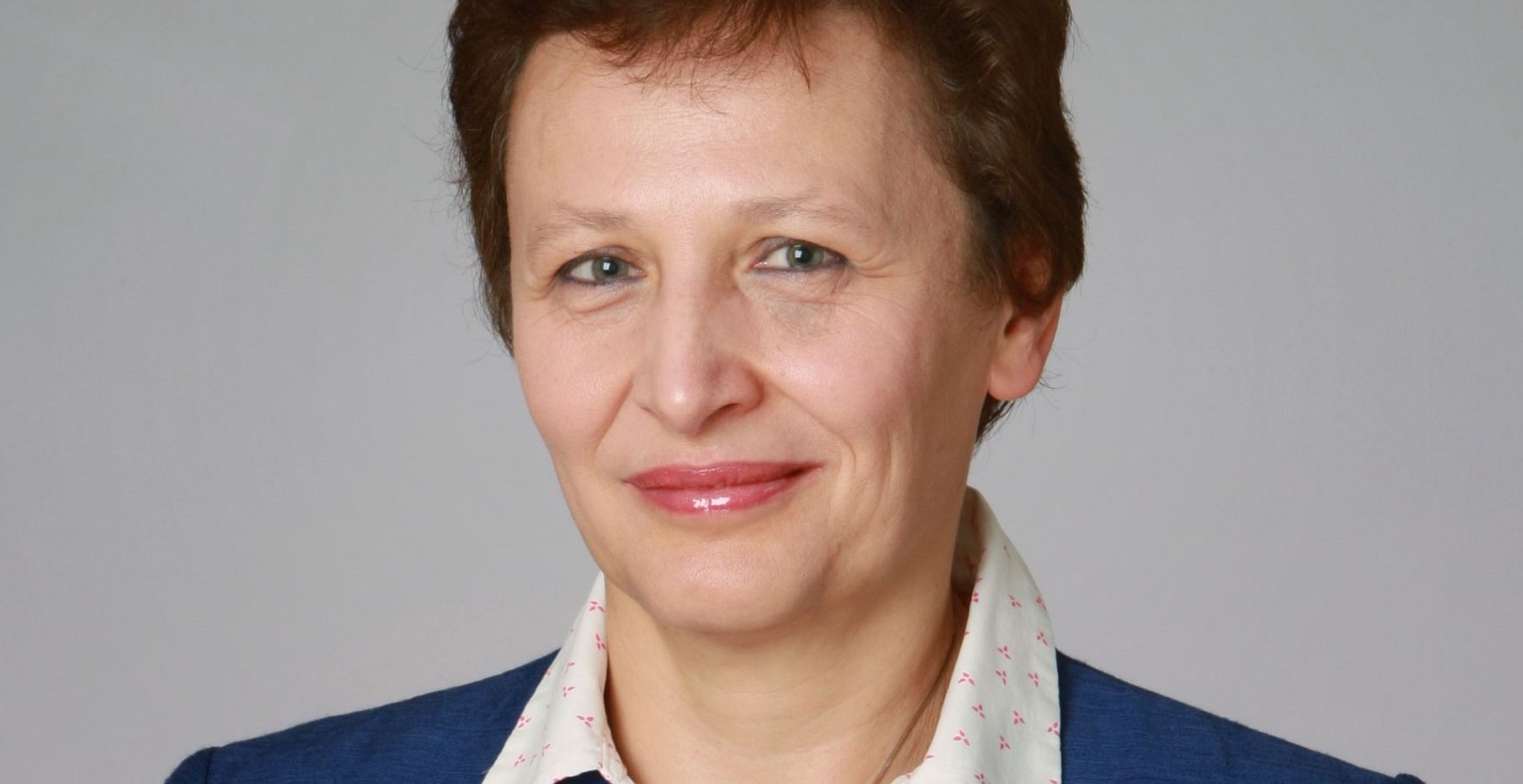The Eurocadres blog
“Welfare tourism” – perceptions and the reality
Freedom of movement of persons is undoubtedly one of the most important values of the EU. Moreover, labour mobility in particular can contribute to better match labour supply with demand, helping to raise employment levels.

In the wake of the recent financial and economic crisis a heated debate started about the so called “welfare magnet hypothesis”, especially in some of the key host countries receiving many EU citizens mainly from the central and eastern European Member States (EU10).
The hypothesis is well known from the literature on migration, suggesting that migrants (mobile citizens in this case) are attracted by better-quality services in the more affluent countries. As a consequence, migrants and mobile citizens are said to put additional pressure on social services. The issue has recently become highly politicised within the intra-EU mobility context, especially in the key host countries.
As a consequence, migrants and mobile citizens are said to put additional pressure on social services. The issue has recently become highly politicised within the intra-EU mobility context, especially in the key host countries.
Eurofound conducted research on this to investigate whether there is any evidence supporting the hypothesis. It examined the take-up of benefits and some social services by EU10 mobile citizens in nine host countries – Austria, Denmark, Germany, the Netherlands, Italy, Ireland, Spain, Sweden and the UK – compared this mainly to that of the native populations (and of other citizen groups, if data allowed). The research concluded that overall, EU10 citizens’ take-up of welfare benefits and public services in the host countries is lower than that of the native population.
This is especially the case in relation to disability and sickness benefits in most countries as well as social housing and pension everywhere. The take-up of employment-related benefits, most notably that of unemployment benefits and in-work benefits, however, tends to be higher than that of natives in most of those countries where data/estimates are available.
If education, especially compulsory education for younger children, is considered, it has an increasing role. As a consequence of this growth, some countries have reported a high concentration of mobile citizens’ children in schools in certain areas. This could lead to tension in some parts of cities and also in rural areas. If future impact on specific services in the host country is considered, demand for social housing will be likely to increase among mobile citizens with low income. This could be linked to their intention to become more settled.
If future impact on specific services in the host country is considered, demand for social housing will be likely to increase among mobile citizens with low income. This could be linked to their intention to become more settled.
Our study found that access to benefits even for eligible EU10 citizens could be problematic: there are difficulties with navigating in the often complicated social welfare system due to lack of information and language skills.
The EU should play a more proactive role in helping host Member States to systematically support language training. This is needed also for facilitating EU mobile citizens’ inclusion into society of host countries.
Such an investment could help not only in easing local tension, but also with smoother social inclusion as a result, one could more convincingly argue against perceptions, which are not based on facts and figures.
The research concluded that overall, EU10 citizens’ take-up of welfare benefits and public services in the host countries is lower than that of the native population.
Please find the full study here Social dimension of intra-EU mobility: Impact on public services.

The author
Klára Fóti
Research Manager - Living Conditions and Quality of Life @Eurofound
